989 Views
Five native shrubs that put on a show

by
Douglas Hunt
(IC: professional)
I don’t know where this notion came from that you couldn’t have a garden full of beautiful blooms if you relied on native plants. Some of the most impressive displays I have seen over the last few weeks have come from natives, which often have the added bonus of being great wildlife plants. Here are five that caught my eye. (These are eastern natives. I can’t vouch for how they’d do elsewhere. I hope other Hometalk members will chime in with comments on favorite natives for their area.)
Arrowwood viburnum
Mountain laurel
Drooping leucothoe
Red buckeye
Fringe tree
Enjoyed the project?
Published June 12th, 2014 5:22 PM
Comments
Join the conversation
2 of 16 comments
-
-
Thank You, Douglas, for these great suggestions I love your choices top to bottom and could not agree more. This was a selfishness share on your part that I know many shall benefit from. Everyone always promotes flowers and it seems like the great shrubs are being left behind for no reason. For me when landscaping large locations, these are foundation plants that the garden can be worked around. Thank you again, I bookmarked this page that is how much it is worth to me.
 Suzette Trimmer
on Feb 02, 2016
Suzette Trimmer
on Feb 02, 2016
-



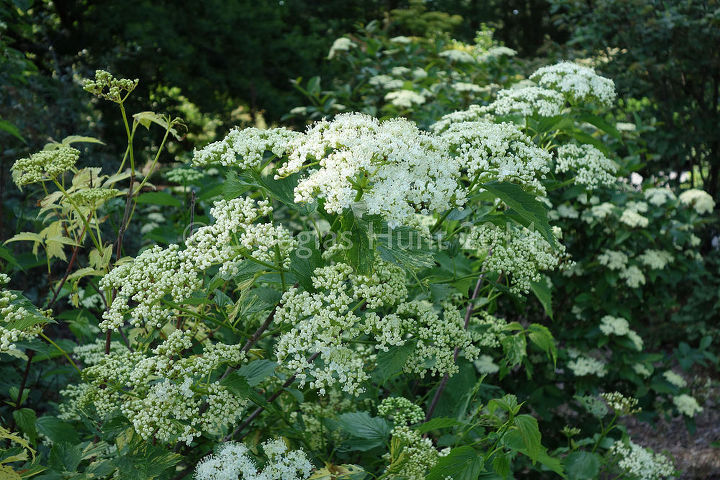
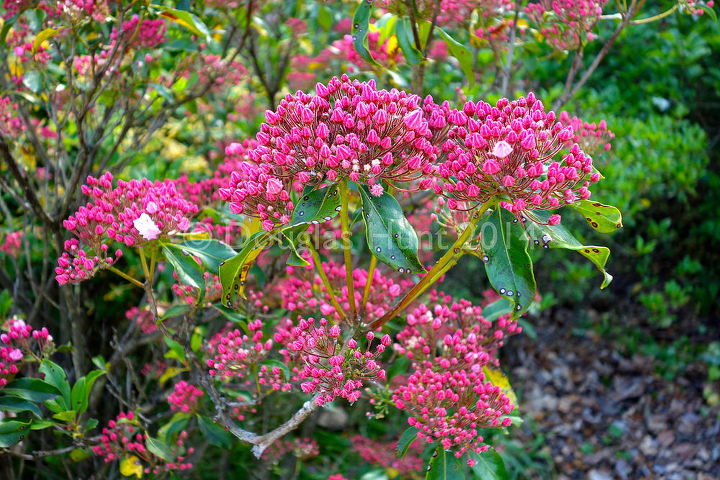

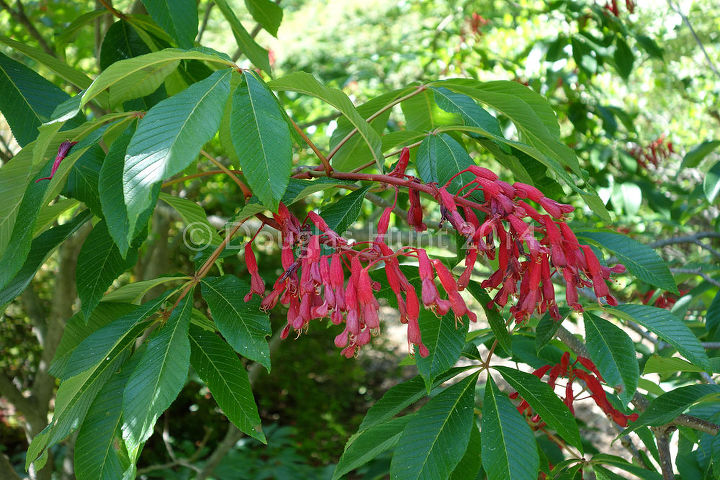

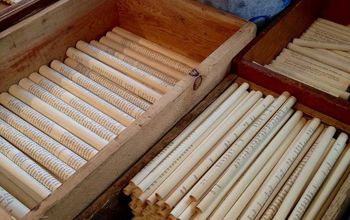





















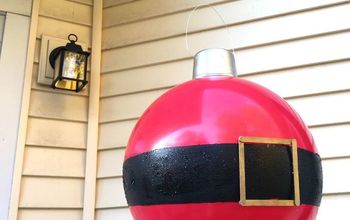
Frequently asked questions
Have a question about this project?